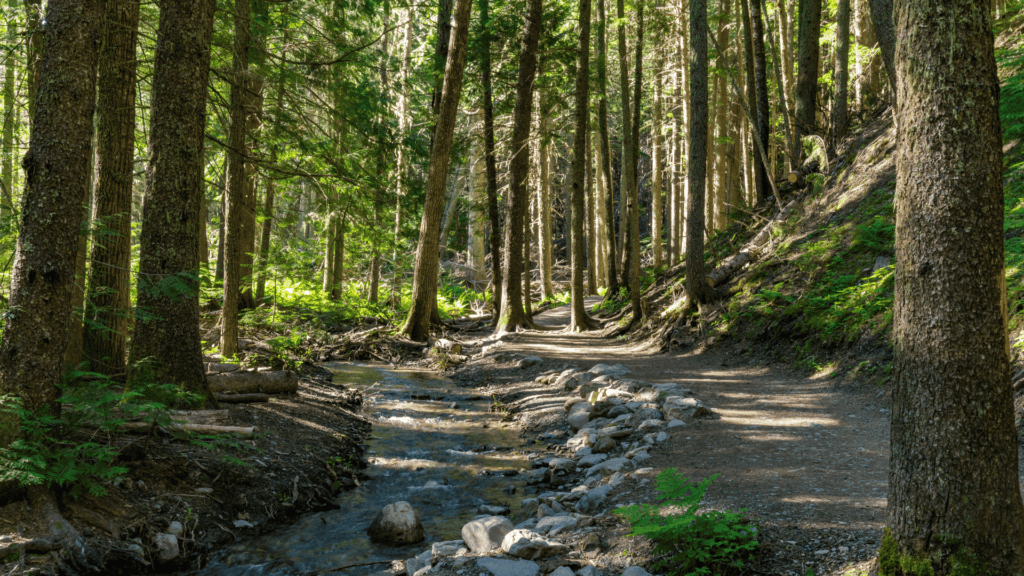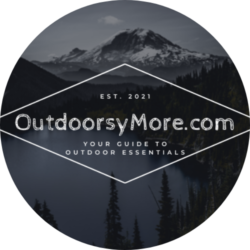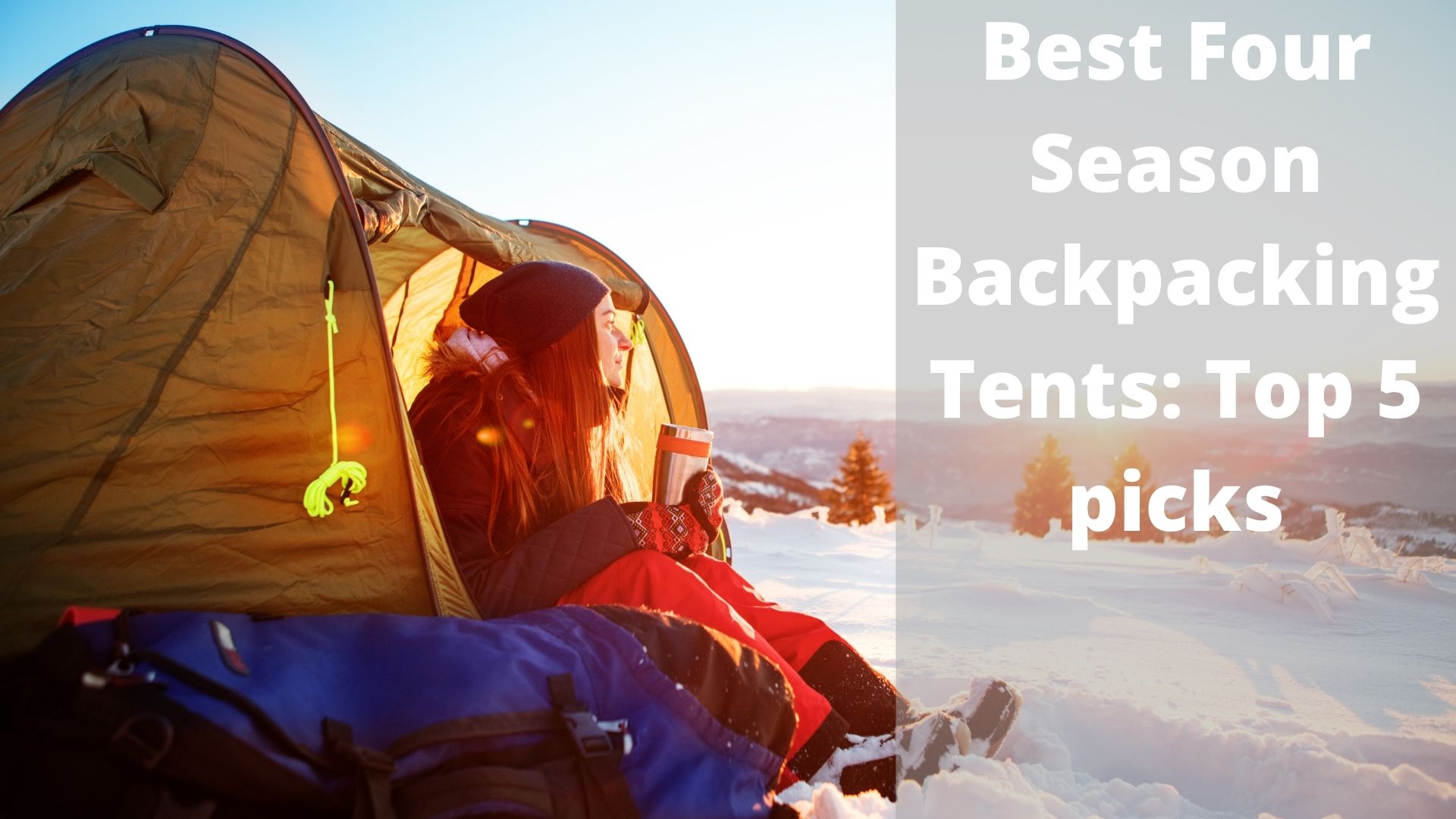What is thru-hiking you might ask?
Well, let’s start with the basics. Thru-hiking is hiking a long distance trail from end to end within one season. The most popular thru-hikes are probably the Appalachian Trail and the Pacific Crest Trail, but there are many others all over the world.
Why would someone want to hike for months on end?
For some, it’s a way to connect with nature and escape the hustle and bustle of everyday life. For others, it’s an adventure they’ve always dreamed of undertaking and still for others, thru-hiking is simply a challenge they feel compelled to take on – something that will push them both mentally and physically.
Whatever your reasons may be for wanting to try thru-hiking, there are definitely some things you should know before embarking on such an epic journey.
From figuring out which trail is right for you to understanding what kind of gear you’ll need (and how much it will weigh), here are four tips for successfully planning your own thru -hike
Also check this out: Ultimate Backpacking Guide: What to Pack, How to Pack, and the 10 Must Pack Essentials
The Most Popular Trails for Thru-Hikers
When most people think of thru-hiking, they imagine the Appalachian Trail (AT). The AT is by far the most popular trail for thru-hikers, with over 3 million hikers attempting it each year.
However, there are many other trails out there that offer a unique and challenging experience.
Here are some of the most popular trails for thru-hikers:
1. Pacific Crest Trail (PCT) – The PCT stretches from Mexico to Canada and passes through California, Oregon, and Washington state.
It is one of the longest trails in North America at 2,650 miles long. Each year, around 1% of those who attempt to hike the entire PCT succeed.
2. Continental Divide National Scenic Trail (CDT) – The CDT runs from Mexico to Canada along the Rocky Mountains passing through New Mexico, Colorado, Wyoming, Montana, Idaho, and South Dakota.
It is approximately 3100 miles long, making it one of the longest trails in North America as well. With only around 200 people successfully hiking its entire length each year.
3. John Muir Trail (JMT) – Named After Famed Naturalist John Muir, This 210-Mile Trail Traverses California’s Sierra Nevada Mountain Range.
Although it is shorter than many other thru-hikes on this list, its high elevation and remote location make it a challenge for even experienced hikers. Every year, hundreds attempt to hike the JMT but only 50% or so succeed.
4. Wonderland Trail – This 93-Mile Loop Circles Mount Rainier in Washington State and Reaches Elevations of Over 7400 Feet.
Due to its short length and high elevation, many hikers attempt to complete the Wonderland Loop in a single season but fewer than half are successful.
5. Te Araroa Trail – The Te Araroa Is New Zealand’s Longest Walking Trail, Stretching Over 3000 Miles From Cape Reinga to Bluff.
It passes through a wide variety of landscapes, including beaches, rainforests, mountains, and farmland. Around 500 people attempt to thru-hike the Te Araroa each year but only about 10% succeed.
Whether you’re looking for an easy hike or a challenging one, there’s sure to be a thru-hike out there that’s perfect for you. So get out there and explore!

What It Takes to Complete a Thru-Hike
A thru-hike is an adventure that requires careful planning and preparation.
Here are a few things you need to know before embarking on your own thru-hike:
1. Gear – You Will Need the Proper Gear for Your Hike.
This includes everything from clothing and footwear to camping equipment and cooking supplies. Make sure you have what you need so you can be comfortable on the trail.
2. Resupply – Along the Way, You’ll Need to Resupply Your Food and Water Supply as Well as Any Other Items like Toiletries or First Aid Supplies.
Plan ahead so you know where you can stop to restock items during your hike.
3. Weather Conditions – Be Prepared for All Types of Weather Conditions When Hiking, Including Extreme Heat or Cold, Rain, Snow, Etc.
Have the appropriate gear with you (e.g., layers of clothing, shelter) so that changes in weather won’t put a damper on your plans.
4. Mental Preparedness – Hiking Can Be Challenging Both Physically and Mentally.
It’s important to be aware of this before starting out so that you’re able to push through tough times on the trail. Be positive and stay motivated even when things get tough!
Thru-hiking is an incredible adventure that anyone can do with the proper preparation. By following these tips, you’ll be on your way to a successful thru-hike!
Pros and Cons of Thru-Hiking Versus Day Hiking

What is thru-hiking vs backpacking you may ask? Or Thru-hiking versus just a day hike?
Thru-hiking is a great way to see a lot of the trail all at once, but it requires careful planning and can be more difficult in bad weather.
Day hiking, on the other hand, is less strenuous and allows you to hike at your own pace, but you’ll need to pay for transportation back and forth to the trail head.
Pros of Thru-hiking over Day Hiking:
- You get to explore the outdoors at a much longer length of time all at once
- You don’t have the constant driving or transportation needs over and over as you would with trying to do the same hike day over day.
- You get a grander sense of adventure being out on the trail for weeks or months at a time.
Cons of Thru-hiking over Day Hiking:
- Can be very dangerous, especially if you are doing a thru-hike solo
- Can be strenuous on the body with the miles on foot and amount of gear to carry
- Can lose out on family and friends social interactions back home by being out on the trail for so long.
Tips for Successfully Planning Your Own Thru-Hike
When it comes to planning your own thru-hike, there are a few things you should keep in mind to make sure you set yourself up for success.
- First, choose a trail that is realistic for your skill level and fitness level.
- Second, give yourself plenty of time to plan and prepare both mentally and physically for the hike. Third, make sure you have all the necessary gear and supplies before embarking on your journey.
- And finally, be flexible with your plans as unexpected events can always occur while out on the trail. By following these tips, you’ll increase your chances of having a successful thru-hiking experience!
FAQs in Relation to What Is Thru-Hiking?
What is considered thru-hiking?
Thru-hiking is defined as completing a long-distance hike in one continuous journey. This typically means hiking from start to finish on a specific trail, such as the Appalachian Trail or the Pacific Crest Trail.
Thru-hikers generally plan and prepare for their hikes months in advance, and often complete the entire journey within 4 to 6 months.
Why is it called a thru-hike?
A thru-hike is a hike that covers the entire length of a trail from start to finish. The term can apply to both day hikes and longer multi-day backpacking trips.
Thru-hikes are usually completed over the course of several months, although some hikers may take longer or shorter amounts of time depending on their individual circumstances.
What’s the difference between backpacking and thru-hiking?
Backpacking is a form of hiking where you carry all your gear with you on your back, and typically hike for multiple days. Thru-hiking is a specific type of long-distance backpacking where you attempt to hike an entire trail from end to end in one trip.
This can take months, and usually requires planning and training beforehand.
How long is a thru-hike of the AT?
A thru-hike of the Appalachian Trail (AT) is a journey of 2,192 miles from Springer Mountain in Georgia to Mount Katahdin in Maine.
Most hikers take 5 to 7 months to complete the hike, although some have completed it in as little as 47 days and others have taken over 8 months. The Appalachian Trail is the longest hiking-only footpath in the world.

Conclusion
If you’re considering thru-hiking, then I hope this guide has given you all the information you need to know about what is thru-hiking, popular trails for thru-hikers, and what it takes to complete a successful thru-hike.
We’ll also touch on the pros and cons of thru-hiking versus day hiking so that you can make an informed decision about which type of hike is right for you. Finally, we left you with some tips for successfully planning your own thru-hike.
Looking to get away from the hustle and bustle of everyday life? Head on over to our resource guide page for all your camping, backpacking, and general outdoors needs! We’ve got everything you need to make your next outdoor adventure a success, including gear reviews, trail guides, tips and tricks from experienced hikers, and more.
So what are you waiting for? Start planning your next trip today!


